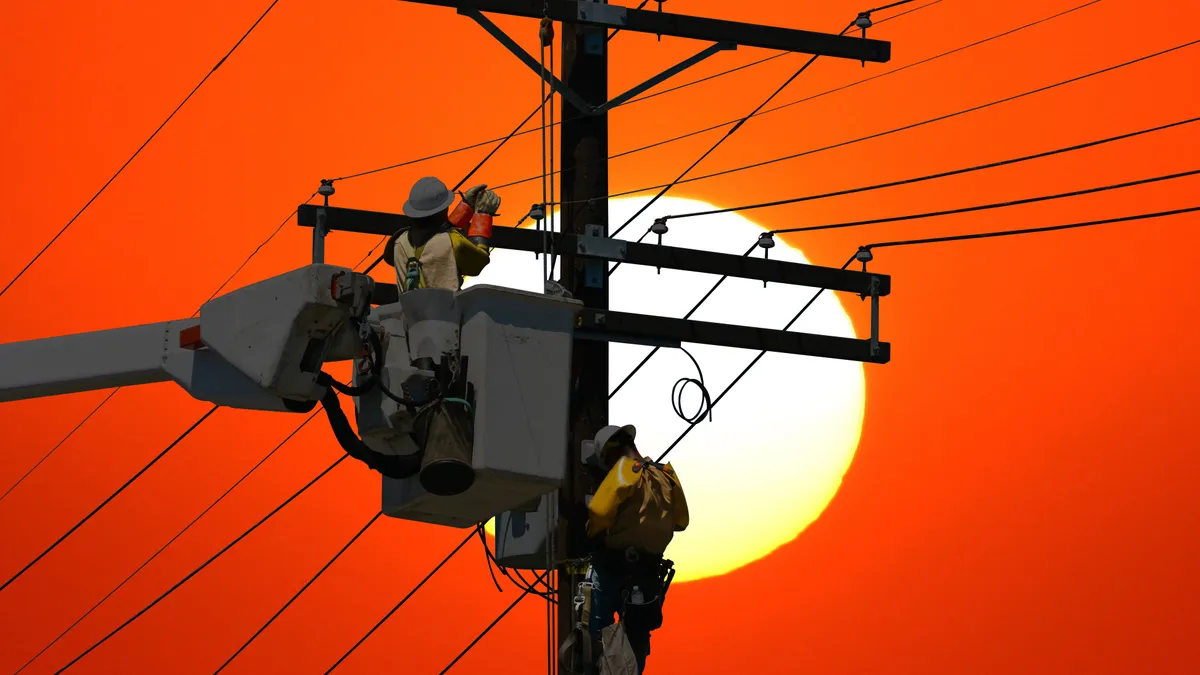Dive Brief:
- A heat wave across parts of Texas forced the state's grid operator to call for energy conservation on Tuesday and sent electricity prices soaring past $9,000/MWh.
- The Electric Reliability Council of Texas (ERCOT) issued an Energy Emergency Alert (EEA1) around 3 p.m., when operating reserves dipped from at least 3,000 MW to below 2,300 MW. Grid conditions returned to normal operation by 5:30 p.m., officials said. It was the first time since January 2014 that ERCOT has used the alert.
- ERCOT officials had forecast a tight supply-demand balance heading into the summer, and in March said there was a growing chance it would need to utilize emergency alerts during times of high demand. NRG CEO Mauricio Gutierrez had argued those forecasts were too optimistic.
Dive Insight:
ERCOT officials knew going into summer that demand would be high and reserve margins were tight, but on Monday between 4 p.m and 5 p.m. the grid operator set a new peak demand record of 74,531 MW. And Gutierrez told investors last week that the operator's projections failed to account for 1.7 GW of delayed gas capacity.
"The ERCOT market needs a tremendous amount of investment to just simply maintain the low reserve margin it currently has," Gutierrez said, according to the Houston Chronicle.
The grid operator declined to respond to the comments, but said that new demand records were possible.
Heading into summer, ERCOT said the planning reserve margin was 8.6%, but expected it to rise in 2020 and 2021 as new wind and solar projects in the interconnection queue come online.
Operating reserves fell below 2,300 MW on Tuesday. During normal grid conditions they are at or above 3,000 MW.
ERCOT says it can issue an EEA1 when operating reserves drop and are not expected to recover within 30 minutes. In those instances, the grid operator says it can "can call on all available power supplies, including power from other grids, if available."
During Tuesday's EEA1, the grid operator asked customers to reduce cooling demand, limit the use of large appliances and schedule pool pumps to run during off-peak times.
ERCOT issues an EEA2 when reserves fall below 1,750 MW; in those instances the grid operator can turn to industrial demand response. In an EEA3, when reserves fall below 1,000 MW, ERCOT "will order transmission companies to reduce demand on the electric system," which is "typically done through rotating outages."















